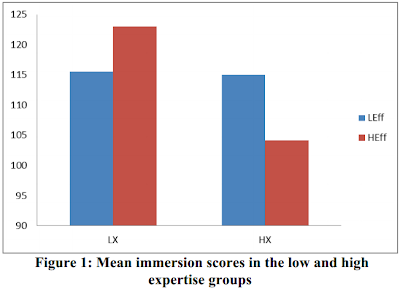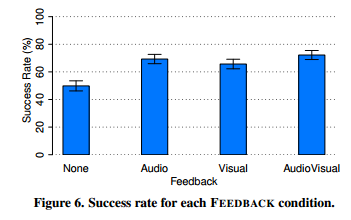Chapter 9
This concept of brain linking as a physical manifestation of what humans recognize as "memory" I found to be the most intriguing concept introduced in this book. Of course, Chapter 10 goes much more into depth about the topic explored at the beginning of this chapter, with Harry's mental condition leading to brain surgery that "fixed" his problem but brought about an irreversible issue with long-term memory. I suppose I had always thought of the concept of "memory" to be what Slater described was the outdated notion: that the human mind was so esoteric and complex that memory isn't something that can be mapped to the brain, but rather "data" strewn haphazardly about the physical organ. I realize looking back that I most likely thought this was the case because memories are such an abstract concept of their own. I've viewed them as very "high level" operations of the brain, and I believed that assuming memory was "stored" somewhere felt relatively primitive. However, that proved to be the case, as Harry unfortunately showed.
Another aspect of the chapter that I found quite interesting is the concept of pills that allow one to "forget" things within a period of time. Slater did raise a very valid question about this pill, as it most likely has the ability to be used by aggressors on the victims rather than the victims themselves. At any rate, it's unlikely for there to be a "traumatic incident" in such a way that a person can fully forget about it if they forget the past 24 hours. Say a loved one is killed and one swallows one of these pills, what's the person to think a day later when they realize their loved one is missing? In the case of bodily injury, does it make any difference to forget the event itself when one must deal with the aftermath for months on end? Can't this have a detrimental or even outright malicious use in criminal cases, where a key witness can choose to "forget" and instantly ruin a case, or an aggressor deliberately using this as a way of destroying "evidence"? Of course, the technology behind this is very intriguing, but in all honesty it seems like its uses seem to be far more weighed toward malicious use than benign.
Chapter 10
This final chapter deals more with the physical brain aspect of psychology, which I found very intriguing. I find that psychology, while intriguing on its own, seems too subjective a science to hold my interest for long, but this entire concept of physically altering a person's brain to change one's mental composition is downright fascinating. This is one of the few instances that I've read in which a "high level" brain function such as personality can be linked directly with the brain, to such a degree that physically severing certain sections of the brain can remove these traits completely.
One issue that Slater only touches on that I find important to discuss, however, is the altering of what makes a person unique. Indeed, it's unlikely that anyone at all would consider brain surgery for anything other than what they consider an unbearable and uncontrollable deficiency, but should a person suffering from such a condition suddenly become "normal", is that one's personality changed as well? "Personality" can be altered by things even as subtle as mannerisms, can't this unfavorably "alter" the person this regard? What if brain surgery in some hypothetical future becomes commonplace. Would people changing their personalities en masse destroy themselves as people under a false pretense of chasing "perfection"? "Feeling low" is an effect that Slater observed for herself after watching an operation of this kind, where does this feeling come from exactly? Is it simply a fleeting aftereffect of the surgery, or is this the mind's response to having had something removed from it?
One issue that Slater only touches on that I find important to discuss, however, is the altering of what makes a person unique. Indeed, it's unlikely that anyone at all would consider brain surgery for anything other than what they consider an unbearable and uncontrollable deficiency, but should a person suffering from such a condition suddenly become "normal", is that one's personality changed as well? "Personality" can be altered by things even as subtle as mannerisms, can't this unfavorably "alter" the person this regard? What if brain surgery in some hypothetical future becomes commonplace. Would people changing their personalities en masse destroy themselves as people under a false pretense of chasing "perfection"? "Feeling low" is an effect that Slater observed for herself after watching an operation of this kind, where does this feeling come from exactly? Is it simply a fleeting aftereffect of the surgery, or is this the mind's response to having had something removed from it?

















